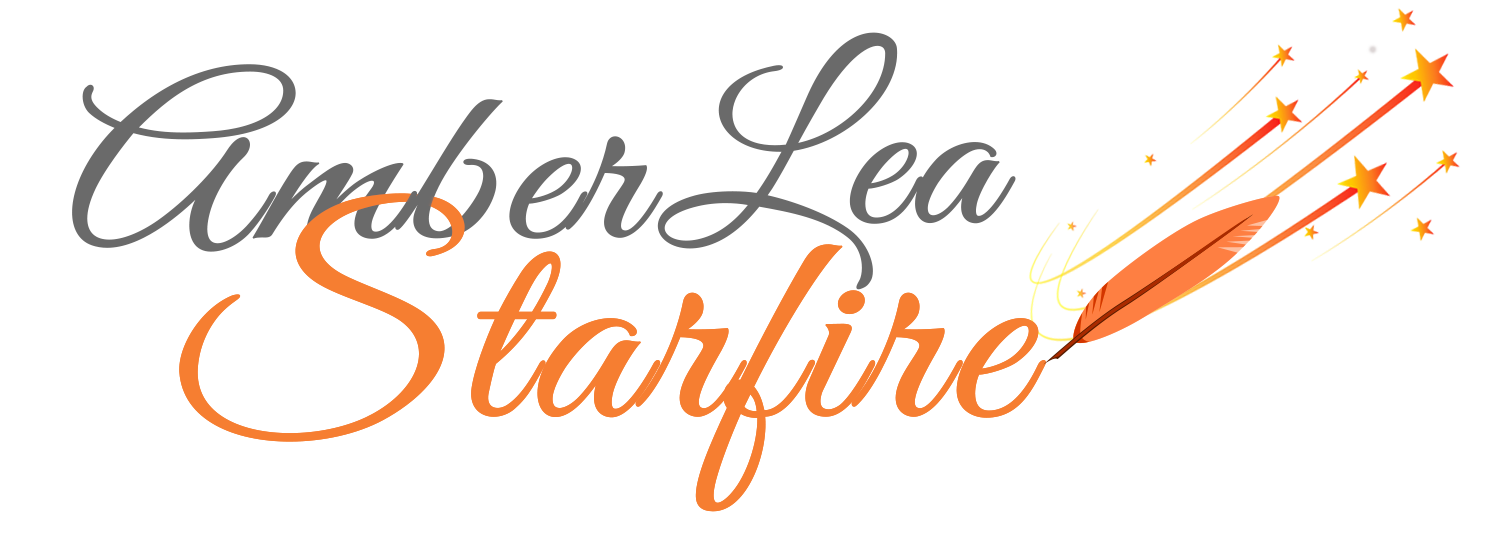Word for Writers, Part 12 – Copyediting with Find & Replace 4
I WANT to let you in on a secret: Word’s Find and Replace feature is an indispensable editing tool. Here are just a few ways you can use Find/Replace to improve your writing: Revise passive to active verb construction Find useless adverbs Discover unnecessary prepositional phrases Correct simple formatting problems, such […]












